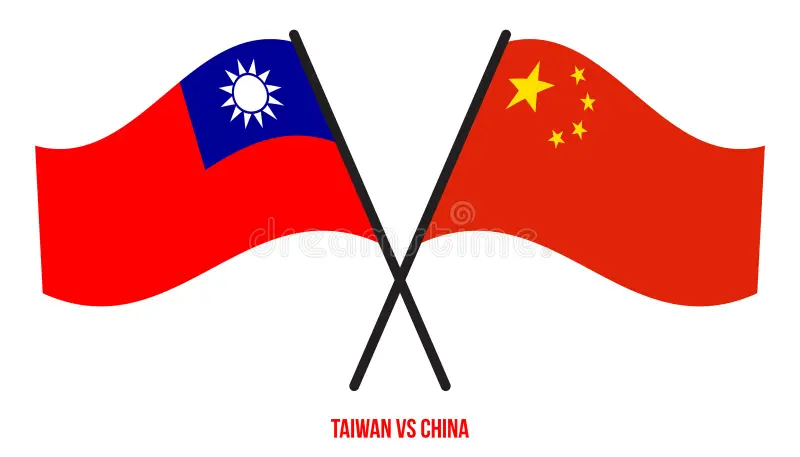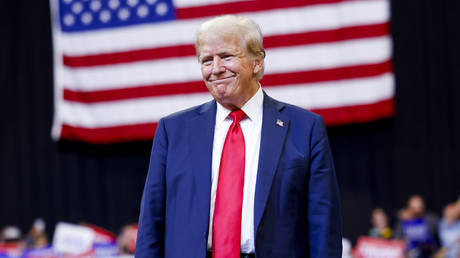by Martin Haffner Associate Editor
Is America Testing China’s ‘Red Lines’ on Taiwan?
In recent years, tensions between the United States and China have escalated significantly, particularly regarding Taiwan. As one of the most sensitive geopolitical flashpoints in the region, Taiwan’s status is a matter of both national pride and strategic interest for China. Meanwhile, the United States has maintained a complex relationship with Taiwan, characterized by a commitment to support its self-defense capabilities while officially endorsing the One China policy. This delicate balance begs the question: Is America testing China’s ‘red lines’ on Taiwan?
Understanding China’s Red Lines
China considers Taiwan a breakaway province that must be reunified with the mainland, even if that requires the use of force. Chinese leadership has made it clear that any moves towards Taiwanese independence are red lines that cannot be crossed. In recent years, Beijing has increased military posturing around Taiwan, conducting extensive military drills and deploying naval vessels close to the island. This has prompted concerns among regional and global powers about a potential conflict that could arise from miscalculated provocations.
U.S. Arms Sales and Diplomatic Engagement
The United States has long sold arms to Taiwan, an action that infuriates Beijing. In 2020, the Trump administration approved a series of large arms sales to Taiwan, including advanced fighter jets and missile systems, asserting that these moves were important for Taiwan’s self-defense. The Biden administration has continued this trend, further intensifying military cooperation with Taiwan.
These arms sales can be seen as a direct challenge to China’s claim over Taiwan. By providing Taiwan with advanced weaponry and reaffirming military support, the U.S. is effectively signaling that it may not abide by Beijing’s red lines. This provocative stance raises the stakes and places the U.S. in a precarious position, balancing support for an ally against the risk of escalating tensions with China.
Freedom of Navigation Operations
Alongside arms sales, America has conducted Freedom of Navigation Operations (FONOPs) in the South China Sea, often near Taiwan. These operations are intended to demonstrate the U.S. commitment to maintaining freedom of navigation and overflight in international waters, but they are also perceived by China as direct provocations. When American naval vessels operate in areas that China claims, it not only tests China’s military capabilities but also raises questions about the U.S.’s willingness to challenge Chinese assertions of sovereignty.
High-Level Diplomacy and Tensions
High-level diplomatic interactions between U.S. officials and Taiwanese leadership have also stirred the pot. Visits by U.S. lawmakers and dignitaries to Taiwan have been met with vehement protests from Beijing. The U.S.’s increasing openness to engage with Taiwan at a governmental level is perceived as a departure from its past practices, thus crossing a line that Beijing may interpret as a move towards formal recognition of Taiwanese sovereignty.
Strategic Calculations: Risk or Necessity?
Analysts are divided over whether the U.S. is intentionally testing China’s red lines or if it is merely responding to an evolving regional landscape. On one hand, some argue that America’s actions reflect a deliberate strategy to push back against Chinese assertiveness in the Pacific, thereby reinforcing its commitments to allies and partners. On the other hand, the potential for miscalculation is significant. The United States risks triggering a military confrontation if China perceives its actions as too aggressive.
As tensions between the U.S. and China continue to grow, particularly over Taiwan, the question of whether America is testing China’s red lines remains pivotal. While the U.S. has undoubtedly ramped up its military and diplomatic support for Taiwan, it must tread carefully to avoid exacerbating an already volatile situation. The coming years will be critical in determining the trajectory of U.S.-China relations and the future of Taiwan. The stakes are incredibly high, and the world is watching closely as both powers navigate this fraught landscape.



